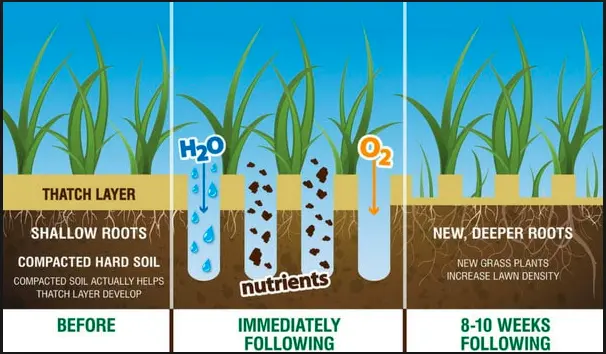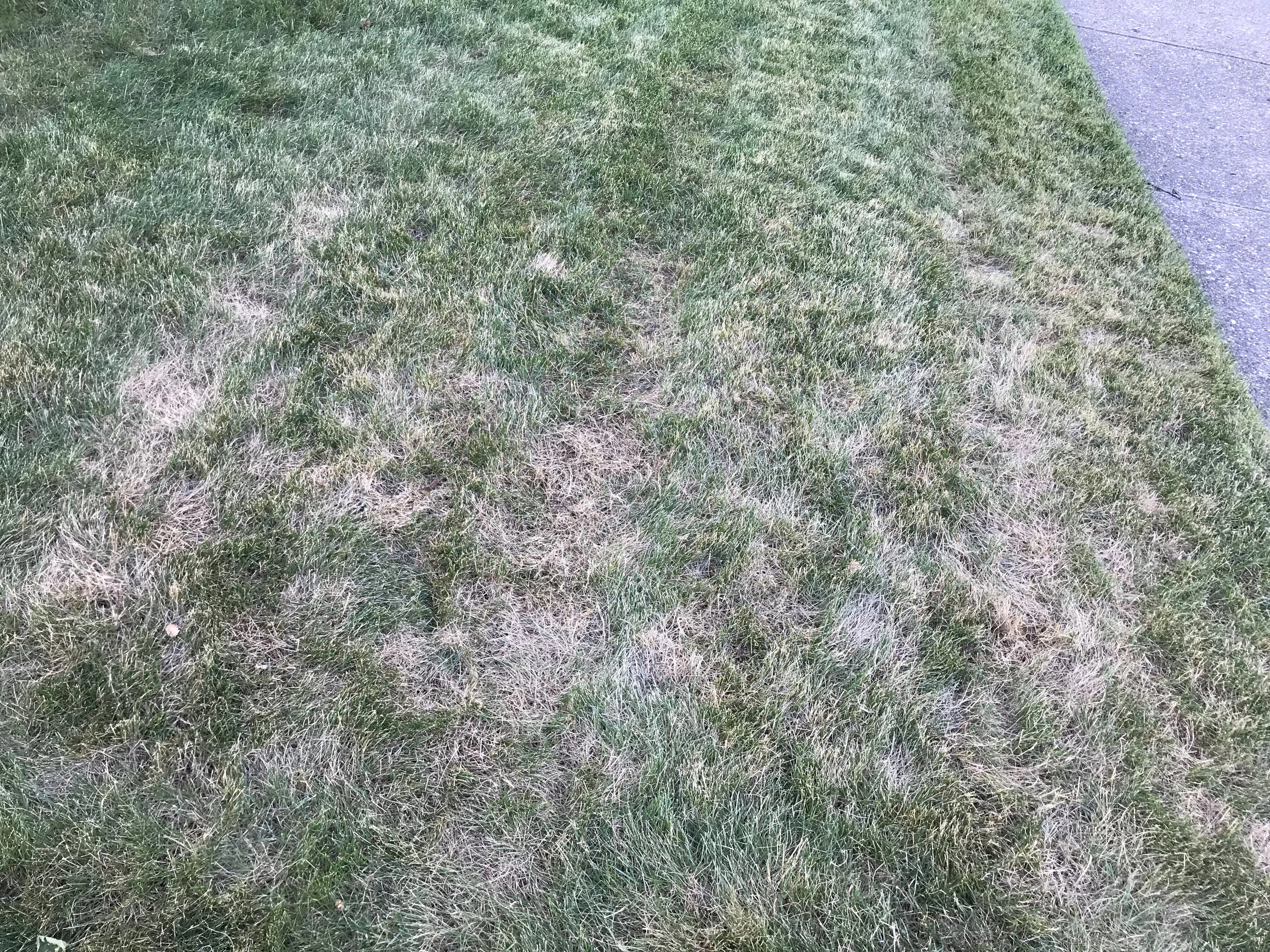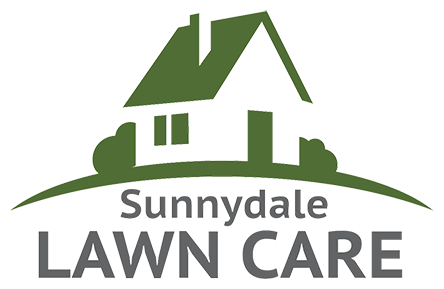WHY IT IS IMPORTANT TO AERATE YOUR MICHIGAN LAWN IN THE FALL
August is here, and fall will be here before you know it. Around this time of year, we usually get questions from our clients about lawn aeration. What is it? When is the best time of year to do it in Southeastern Michigan? What are the benefits of aeration? In this post, we will address those questions and explain why this is an excellent time of year to consider aerating your lawn.
What is Aeration?
Other than regular fertilization, lawn aeration is one of the best things you can do to ensure a healthy, lush, weed-free lawn. Aeration involves utilizing a special machine to remove “plugs” or “cores” of soil throughout your lawn, creating small holes that will allow nutrients, air, and water to penetrate deeply and will relieve soil compaction and stimulate root development. In Michigan, a robust root system is key to maintaining a healthy lawn. Aeration is done using a specialized core aeration machine. Aeration machines are typically heavy motorized devices that look somewhat like a lawnmower. The machine inserts hollow tines several inches below the surface of the soil, extracts plugs of soil and grass and drops them on the surface.

Why should you consider aerating your lawn?
Michigan lawns experience stressors from numerous sources. Neighbors walking across your lawn, kids playing in your yard, even the act of mowing are all forms of traffic that compact soil and stress lawns. Heavy rain and even irrigation can increase soil density by compacting soil particles and reducing large air spaces where roots readily grow. The more compacted your soil, the less room your lawn’s root system has to grow and expand. Soil compaction also decreases your turf’s ability to absorb water, and over time, you get more run-off and less benefit when you water the lawn.
Aeration helps remove excess thatch accumulation. According to the Michigan State University Department of Crop & Soil Sciences, thatch is “a tightly intermingled layer of dead and living stems and roots that develops between the zone of green vegetation and the soil surface.” Believe it or not, grass clippings do not actually contribute much to the thatch in your lawn. Also – contrary to popular misconception – thatch is not necessarily harmful to your lawn. A layer of up to 1/2” of thatch is both normal and healthy for your lawn because it helps insulate the base of the plant where growth occurs. However, thatch accumulation above ½ inch can result in decreased root development, increased potential of scalping, and increased risk of insect and disease issues. By aerating your lawn once a year, you can help ensure that your lawn’s level of thatch remains within a healthy range.

What are the benefits of aeration?
- Improved air exchange between the soil and atmosphere
- Enhanced soil and water uptake
- Improved fertilizer uptake and use
- Reduced water run-off and puddling
- Improved turfgrass rooting
- Reduced soil compaction
- Increased heat and drought stress tolerance
- Improved resiliency and cushioning
- Enhanced thatch breakdown
What is the right time of year to have your lawn aerated?
While some companies will recommend aeration in both spring and fall, for most lawns in the neighborhoods we service, we generally recommend a single round of aeration done in the fall. The reason for this is twofold. While there are some benefits to spring aeration, there are also some drawbacks. In spring, weeds are just beginning to proliferate. By aerating in the spring, you are creating space for your lawn’s root system to expand, but you are also clearing spots where unwanted weeds can slip in as well. Additionally, if you have a lawn program that addresses crabgrass, by aerating in the spring, you may also be disrupting the crabgrass inhibitor barrier that was applied to your lawn in your first application of a healthy lawn treatment program.
Fall aeration, on the other hand, is ideal because it takes advantage of the fact that Michigan lawns tend to do a lot of development in the fall and into the beginning of winter. Most lawns in Michigan are cool-season grass varieties such as Kentucky Bluegrass, perennial ryegrass, and fescue, all of which grow best in spring and fall when air temperatures cool down but the soil remains warm and moist. Annual weeds, such as crabgrass, die off after the first freeze but newly-emerging grass continues to grow. You probably won’t see much activity above the surface, but grass roots continue to develop until the ground freezes.
Fall aeration also helps prepare your lawn for winter by loosening the soil before the winter freeze/thaw cycles begin. However, it should be done early enough to allow time for the turf to recover before it needs to prepare for winter dormancy. In our region of the country, this window of opportunity falls between August 15th typically through early October.
Should you be overseeding when you aerate?
Overseeding is simply the act of planting new grass seed over an established lawn without removing the turf or the soil. In Michigan, experts agree that early fall is the best time to overseed. Soil temperatures are still warm, which is optimal for seed germination, and cooler air temperatures will encourage growth.
Generally speaking, we also recommend overseeding along with aeration if your lawn is thinner than you would like, if there are numerous large dead patches in your yard, or if weeds have taken over more than 20% of your lawn. When you combine fall overseeding with core aeration, you provide optimal conditions for seed germination and growth. You also expose more soil and create small pockets where the seed can take root quickly.
Contact us now to get a free estimate and schedule your fall aeration and overseeding!
info@sunnydalelawn.com


Comments (0)
Thanks for your comment!
Thanks for your feedback! Your comments have been successfully submitted! Please note, all comments require admin approval prior to display.
Error submitting comment!
There is a problem with your comment, please see below and try again.